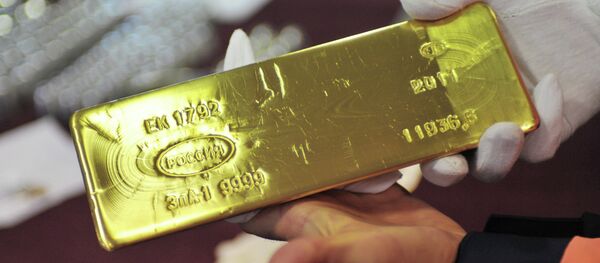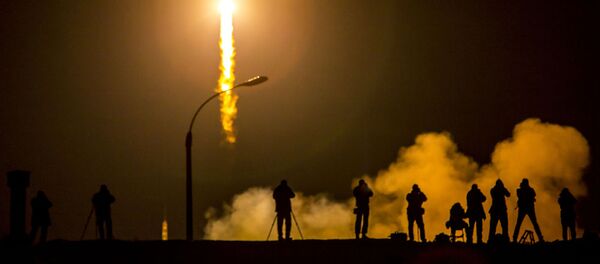According to him, "the rapidly changing balance of power in the western Pacific, not to mention thirty-plus years of stable relations," clearly counters critics' arguments about what they described as a yet-to-be-developed strategic coordination between Russia and China.
"Since the early 1990s, Beijing's resources helped Russia's arms manufacturers to survive during the lean years, while Moscow has enabled China's remarkable leap into advanced weaponry," Goldstein said.
He also mentioned the YJ-12 and YJ-18 supersonic anti-ship missiles which he described as "Chinese spinoffs from Russia's recognized missile prowess."
Russian-Chinese naval drills during 2014 and 2015 signaled "a more ambitious program of military collaboration which now seems to be in the works," according to Goldstein.
Russia, China kick off active phase of Sea of Japan naval drills http://t.co/sNsX5zZ0IP pic.twitter.com/Lh4rw8zcsH
— RT (@RT_com) 23 августа 2015 г.
He recalled that the drills which took place in the Sea of Japan in August 2015 was the largest ever Chinese-Russian joint naval exercise, which notably saw "the inclusion of numerous Chinese jets that flew into Russia from China, both J-10s and J-7s, and even a PLA Air Force KJ-200 early-warning/ battle-management aircraft."
"Deploying this uniquely valuable platform to this exercise does indeed convey the notion that China and Russia are now seeking to move the military partnership to a higher level," Goldstein pointed out.
Last month, Chinese Foreign Minister Wang Yi said that Russian-Chinese relations are able to resist any international crises, and that temporary factors cannot prevent the two countries from enhancing their cooperation. He touted the relations between Moscow and Beijing as "mature and stable."







